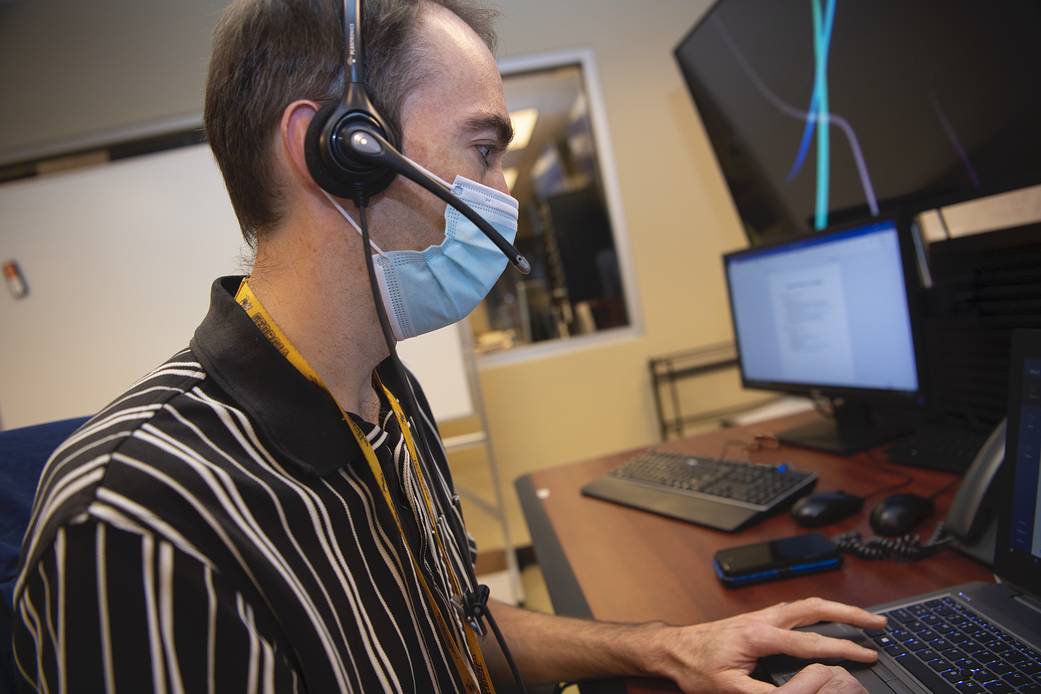Engineers at NASA’s Stennis Space Center near Bay St. Louis, Mississippi, completed a simulated launch countdown sequence on Oct. 5 for the sixth test of the eight-part core stage Green Run test series for NASA’s Space Launch System (SLS) rocket. The SLS core stage being tested is the largest rocket stage NASA has ever produced and will be the stage that helps deliver the Artemis I mission to space. The 212-foot-tall core stage has two huge propellant tanks that collectively hold more than 733,000 gallons of propellant to fuel four RS-25 engines at the bottom of the stage. The rocket stage also has three flight computers and avionics systems to help launch and guide NASA’s Artemis missions to the Moon. During the simulated countdown, NASA engineers and technicians, along with prime contractors Boeing, and Aerojet Rocketdyne, monitored the stage to validate the timeline and sequence of events leading up to the test, which is similar to the countdown for the Artemis I launch. The countdown sequence for an actual Artemis launch begins roughly two days prior to liftoff. In addition to all the procedures leading up to the ignition of the four RS-25 engines, the SLS core stage requires about six hours to fully load fuel into the two liquid propellant tanks. The simulated countdown sequence test at Stennis began at the 48-hour mark as if the stage was first powered up before liftoff. Engineers then skipped ahead in the sequence to monitor the stage and procedures of the stage 10 minutes before the hot fire. The simulated countdown sequence is one of the final tests of the SLS Green Run campaign. The series of tests is designed to gradually bring the rocket stage and all its systems to life for the first time. The Green Run test campaign will validate the SLS core stage design and ensure it’s ready for the first and future Artemis missions beyond Earth’s orbit to the Moon through the agency’s Artemis program.
NASA is working to land the first woman and the next man on the Moon by 2024. SLS and Orion, along with the human landing system and the Gateway in orbit around the Moon, are NASA’s backbone for deep space exploration. SLS is the only rocket that can send Orion, astronauts, and supplies to the Moon in a single mission. (NASA image)



























